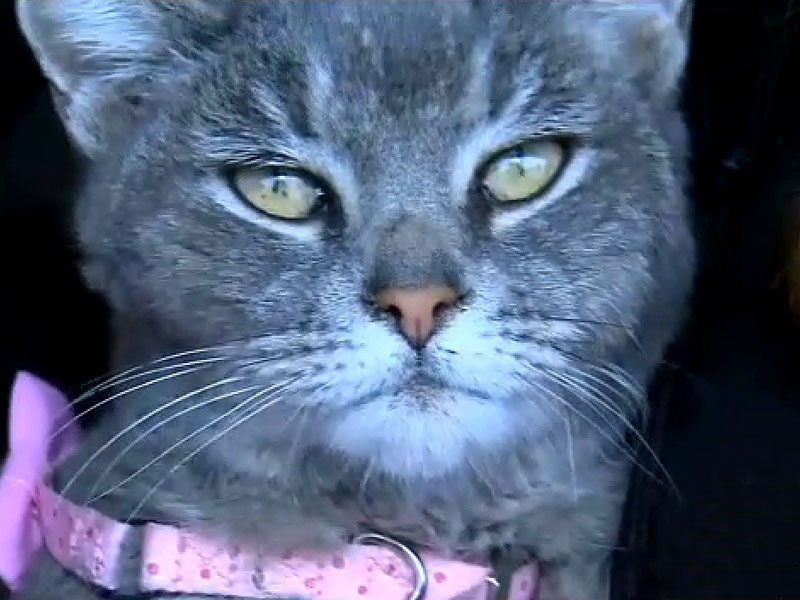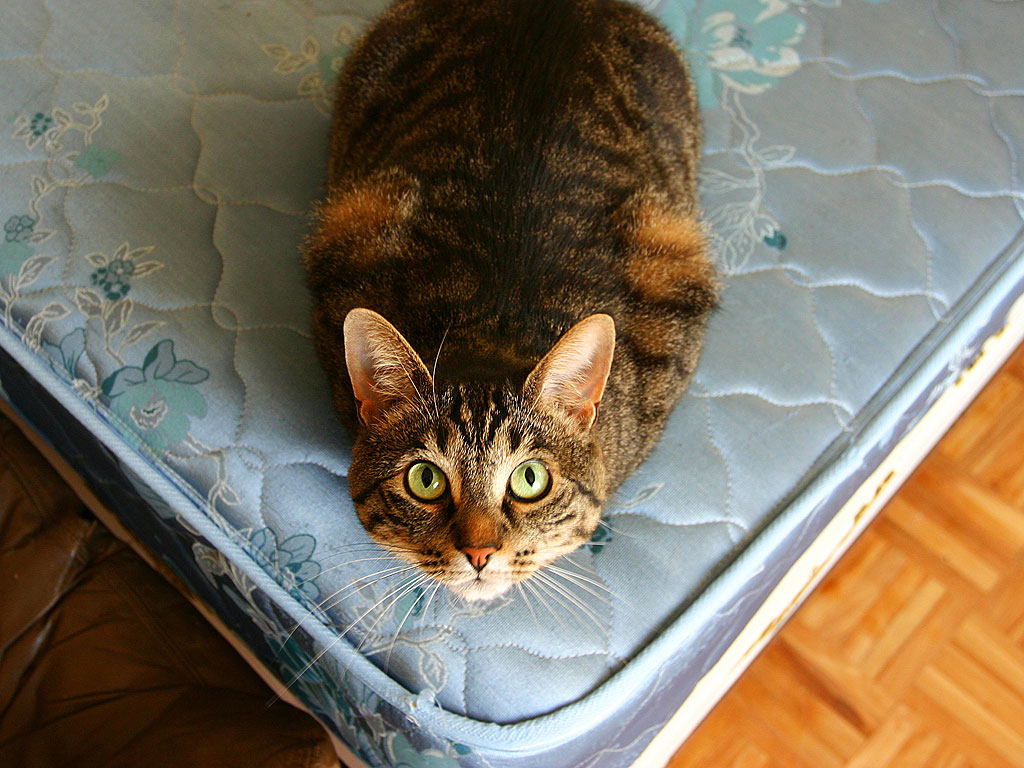
Humanity's genetic split from an ape-like ancestor came about 13 million years ago, far earlier than the long-supposed era of a common ancestor of early humans and apes, suggests a first study of chimp gene mutations.
Along with shining a new genetic light on human origins, the findings published on Thursday in the journal Science point to the role that evolution plays in fostering mutations, some linked to inherited diseases, in our genes.
On the surface, this and other recent studies contradict the general consensus suggested by the fossil record: that the last common ancestor of the two species, a flat-footed ape, lived some seven million years ago.
But both observations could still be true, said paleoanthropologist John Hawks of the University of Wisconsin, Madison, who was not involved in the new study. The ape-like common ancestor species might have endured until 7 to 10 million years ago, long after the genetic split between chimps and humans, he said.
That would largely explain the difference seen between gene-based and fossil-based estimates of the date the species diverged.
"We also don't know if mutation rates varied widely in the ancient past; maybe they were different than now," says study senior author Gil McVean of the United Kingdom's Wellcome Trust Centre for Human Genetics in Oxford.
That could also change estimates of the age of an ancestral genetic split between men and chimps. "That's something only looking at more primates might help tell us," McVean says.
Chimp Mutation Rates
According to the analysis released Thursday, the promiscuity of chimps seems to drive a higher genetic mutation rate in chimp males. Gene mutations in chimp offspring also greatly increases with the age of the ape father. (See video: "Baby Chimp.")
"You really don't want an older chimp as a father," says McVean. "The vast majority of mutations are, at best, neutral," he says, though some can be "very harmful."
Chimps and people share about 99 percent of their DNA, making them our closest living genetic relatives. The rate at which human genes are altered, or mutate, has come under wide study in the past five years. Some studies have raised concerns about older fathers passing disease risks on to their children. But in chimps, the generational mutation rate was uncertain, until now.
"It's one of the fundamental questions," McVean says. Such alterations in genes play a role in inherited diseases and allow for glimpses into our evolutionary history, he says, when compared to other mammals.
In the study, the researchers looked for mutations in the genes of nine chimps: two fathers, two mothers, and five of their offspring.
While overall the chimp genetic mutation rates are the same as human ones, the analysis showed that male chimps contribute three to four more genetic mutations to their offspring than do female chimps, who typically contribute in the range of about 40 mutations per pregnancy. The authors suggest that the much higher rate of cell division in chimp testes (compared to humans) produces more mutations in chimp sperm, and hence passes more mutations on to their offspring.
As the chimp males get older, more cell divisions happen, producing ever more mutations in their sperm. According to the study, chimp fathers contribute two additional genetic mutations for every post-puberty year.
"What they have done is provide us the first direct measure of the mutation rate in another primate," says population geneticist Philip Awadalla of the University of Montreal. "This isn't just a clock for evolutionary time, but something that offers us real insight into evolution."
Sperm Competition
One insight from the study is that the reproductive pattern of chimp males, which frequently mate with multiple females, itself seems to lead to a higher mutation rate in their sperm.
Here's how it happens: Cells increase their numbers by dividing. When cells divide, they provide copies of their genes to their new daughter cells. But each cell division offers an opportunity for a mistake to happen in the gene copying process—a gene mutation.
In the multiple mating milieu of life as a chimp male, a lot of new sperm cells are made and a lot of opportunities crop up for mutations, says geneticist Kári Stefánsson of deCODE Genetics in Reykjavik, Iceland, who led a 2012 study in humans that similarly found higher mutation rates (though not as high as in chimps) in the offspring of older fathers.
"What they are finding here [in the study] seems completely plausible and in line with what you might expect," Stefánsson said. He thought the small sample size, with only two chimp fathers, was a limitation, but "the methods and conclusions seem reasonable," he said.



























 The sweaters have an opening for the birds' heads and wings, and they button to secure to their bodies.
The sweaters have an opening for the birds' heads and wings, and they button to secure to their bodies.  Still, other keepers say the use of chicken sweaters depends on several factors, including climate, the bird's health and the behavior of the rest of the flock, which sometimes peck at other chickens' exposed skin during molting.
Still, other keepers say the use of chicken sweaters depends on several factors, including climate, the bird's health and the behavior of the rest of the flock, which sometimes peck at other chickens' exposed skin during molting. 







